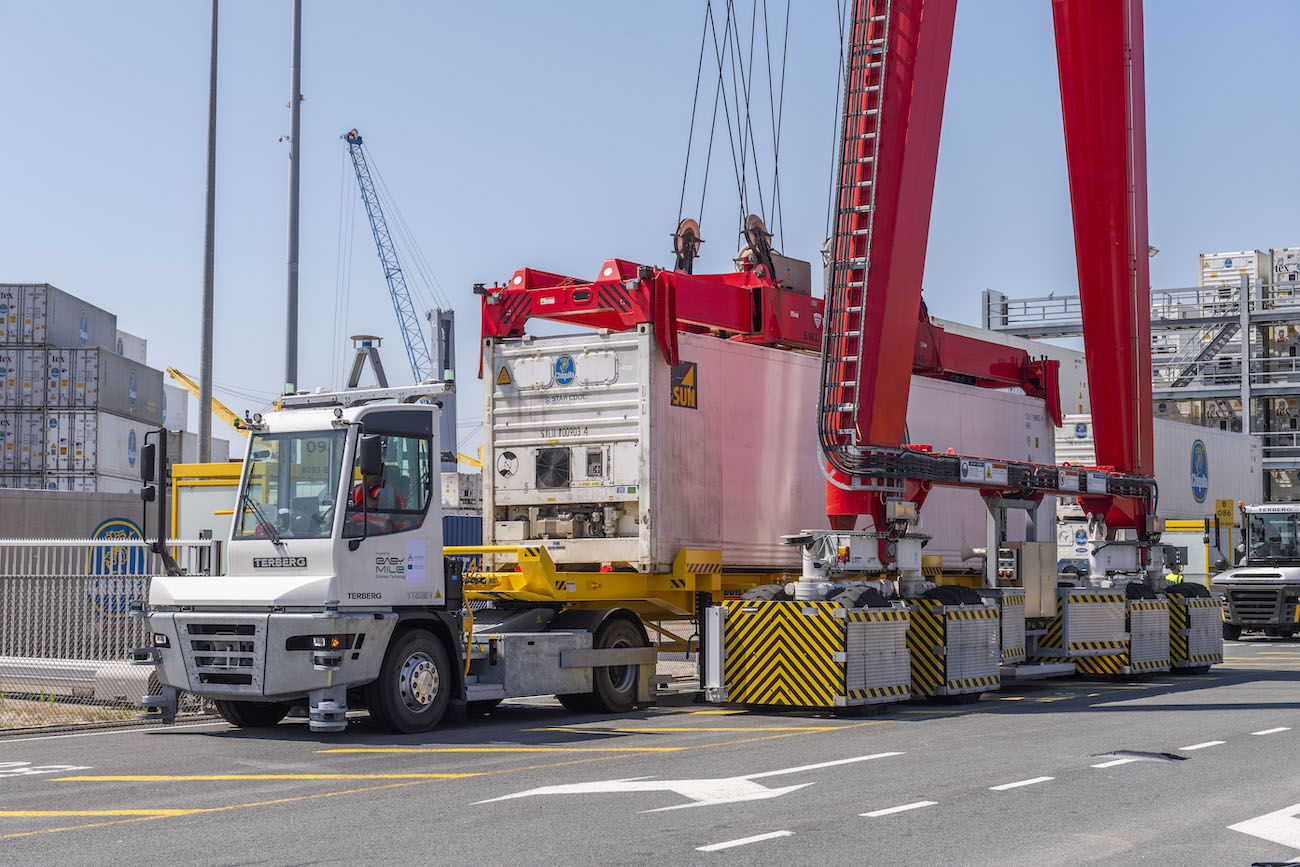The recent TOC Europe 2023 event in Rotterdam brought together industry leaders and innovators to discuss the future of port logistics. Among them was Elmar Hendrics, Managing Director at Solid Port Solutions, who spoke with Benieke Treverton, EasyMile’s Head of Communications, sharing valuable insights about the challenges and advantages of autonomous solutions in the field.
Stability and consistency
In the ports industry, the high cost and limited availability of labor can pose significant challenges. Human involvement introduces unpredictability due to factors such as human error, breaks, and variations in performance throughout the day. However, autonomous solutions offer stability and consistency to operations. By replacing human operators with AVs, companies can mitigate the disruptive impact of unpredictability, ensuring that a single mishap does not jeopardize an entire 8-hour operation. While efficiency is a commonly used term, it is the consistency and stability provided by autonomy that truly redefine efficiency in port operations. Human behavior, such as the need for breaks, can cause interruptions in workflow. AVs, on the other hand, follow predefined routes and operate without the need for breaks, ensuring a continuous and uninterrupted flow of operations.

Simplifying processes and integration points
The integration of autonomous technology into port operations may initially seem complex, but it primarily involves simplifying processes and integration points for safety purposes. By disconnecting the complexity of automated terminals and empowering machines to make autonomous decisions, AVs can navigate and optimize operations without constant human intervention. This simplification paves the way for a future where vehicles in ports can think for themselves, enhancing efficiency and reducing the risk of human error.
Additionally, the physical environment of ports, characterized by structure and predictability, aligns well with the capabilities of autonomous vehicles. Many port activities, such as cargo handling and transportation, involve repetitive and standardized tasks that can be effectively automated. This inherent suitability reduces the complexity of implementing autonomous vehicles in port operations.
Overcoming hesitations and promoting the business case
Some ports may hesitate to adopt autonomy due to concerns about high costs. However, it is crucial to focus on the long-term benefits and the impressive payback time. Integrating autonomous solutions into existing port infrastructures is relatively straightforward, as the technology is lightweight and adaptable. It is essential to promote the business case, demonstrating how autonomy can improve operations, increase efficiency, and ultimately save costs in the ports industry. The implementation of autonomous vehicles in port operations leverages existing infrastructure and processes, making the transition relatively seamless.
Additionally, the physical environment of ports, characterized by structure and predictability, aligns well with the capabilities of autonomous vehicles. Many port activities, such as cargo handling and transportation, involve repetitive and standardized tasks that can be effectively automated. Moreover, the abundance of data generated by ports through various sensors, tracking systems, and logistical processes provides a valuable foundation for the successful deployment of autonomous vehicles.


